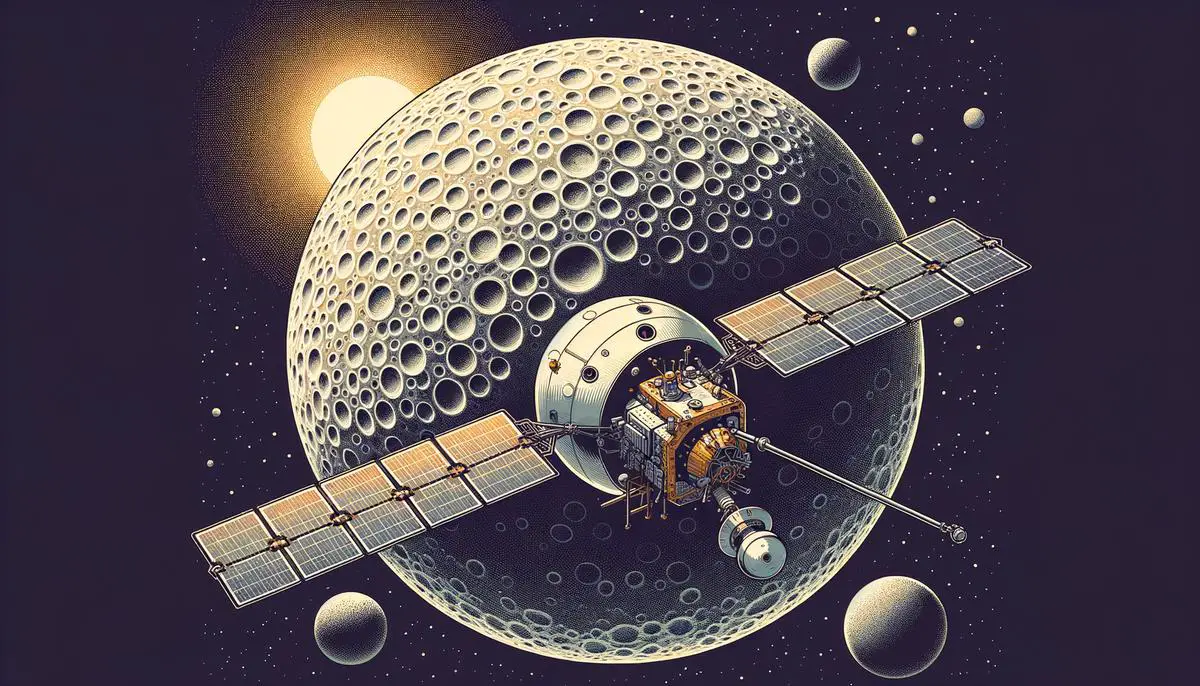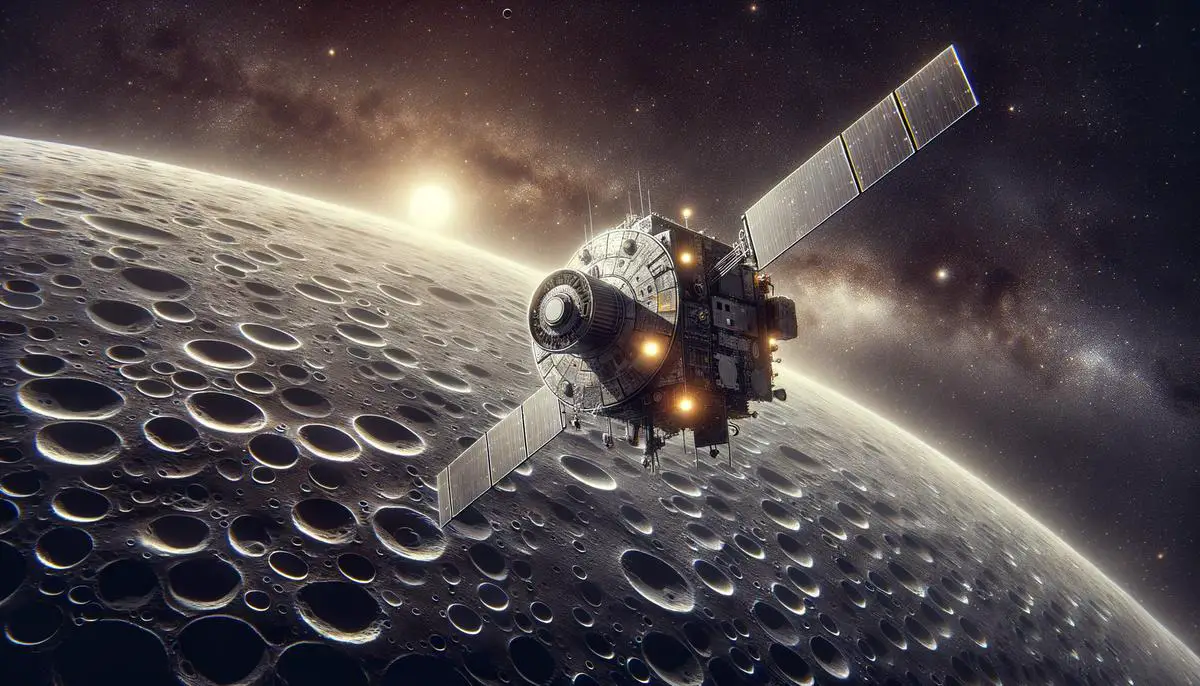NASA's Exciting Discovery: Diamond Layer Beneath Mercury's Crust
NASA has uncovered a remarkable feature beneath Mercury's crust: a thick layer of diamonds. This discovery, made by a research team led by Olivier Namur from KU Leuven, has ignited excitement in the scientific community. Using data from the MESSENGER spacecraft, they've determined that this layer could be approximately 10 miles thick.
Mercury, our solar system's smallest planet, has always been shrouded in mystery. This latest finding adds yet another intriguing aspect to its profile.
Key Points of the Discovery:
- MESSENGER spacecraft orbited Mercury from 2011 to 2015
- Dark patches on Mercury's surface initially thought to be graphite
- New study suggests these patches indicate a carbon-rich past
- Intense pressures and heat transformed carbon into diamonds
To reach their conclusions, researchers simulated Mercury's interior conditions in Earth-based laboratories. By applying over seven gigapascals of pressure to synthetic silicate, they recreated the extreme environment deep within the planet.
Significance of the Discovery:
- Offers clues to Mercury's geological and volcanic past
- May explain why Mercury ceased volcanic activity 3.5 billion years ago
- Raises questions about the formation of other celestial bodies
- Shifts focus from economic gains to enriching planetary science understanding
The upcoming BepiColombo mission, set to arrive at Mercury in 2026, is expected to reveal more about the planet's internal structure and evolution. While mining these diamonds isn't feasible due to their depth (up to 300 miles beneath the surface), the study's impact on our understanding of planetary science is immeasurable.

Implications of Mercury's Diamond Layer
The discovery of a diamond layer beneath Mercury's crust presents intriguing implications for some of the planet's most mysterious features. One key point is Mercury's magnetic field, which, although weaker than Earth's, is surprisingly strong for a planet of its size and presumed geological inactivity.
"Diamonds' exceptional thermal conductivity might enhance heat transfer from the core to the mantle. This rapid heat exchange could create temperature gradients that drive the movement of liquid iron and other conductive materials within Mercury's core."
The dark patches observed on Mercury's surface also find a plausible explanation through this diamond revelation. Initially thought to be graphite, the dark material aligns with a history of carbon abundance during Mercury's formation. The carbon would have undergone intense pressure and temperature transformations, forming diamonds instead of graphite.
Broader Implications:
- Reshapes our understanding of planetary geology
- Suggests similar processes might occur on other carbon-rich planets
- Offers new avenues for interpreting observational data from telescopic and spacecraft missions
- Connects surface features with subsurface processes
As scientists prepare for the BepiColombo mission's arrival at Mercury in 2026, they anticipate more precise data that could further validate these hypotheses and perhaps reveal more secrets about the smallest planet in our solar system.
Understanding how planets cool and develop magnetic fields can inform our knowledge about Earth's own geological processes and magnetic field. This cross-planetary knowledge can deepen our grasp of rocky planet formation both within our solar system and in exoplanetary systems elsewhere in the universe.

Future Research and Missions
The discovery of a diamond layer beneath Mercury's crust lays the groundwork for future research opportunities. Scientists are now poised to explore deeper into understanding the thermal effects of this diamond layer at the mantle-core boundary.
Key Research Areas:
- Refining models of Mercury's interior
- Exploring heat transfer characteristics in a diamond-rich environment
- Testing different compositional scenarios for Mercury's mantle and core
- Quantifying cooling rates and magnetic field generation processes
The most anticipated milestone in Mercury research will come from the BepiColombo mission, a joint endeavor between the European Space Agency (ESA) and the Japan Aerospace Exploration Agency (JAXA). Scheduled to arrive at Mercury in 2026, BepiColombo is expected to enhance our understanding of Mercury's internal structure dramatically.
BepiColombo Mission Objectives:
- Map Mercury's magnetic field with unprecedented precision
- Identify elemental compositions of Mercury's surface
- Confirm theoretical models of Mercury's rapid cooling and reduced volcanic activity
- Address unresolved questions about Mercury's unique core structure
The data are also expected to address unresolved questions about Mercury's unique core structure and its unexpectedly strong yet enigmatic magnetic field. By refining our knowledge of Mercury's interior, BepiColombo will help scientists draw parallels and contrasts with Earth's own geodynamic processes, fostering a richer context for comparative planetology.
As the scientific community awaits the comprehensive data from BepiColombo, researchers will continue to hone their models and simulations. The upcoming years promise significant advancements in our understanding of Mercury and its diamond layer, enriching our broader knowledge of planetary science1.

- Namur O, Charlier B, Holtz F, et al. A deep carbon cycle on Mercury. Nat Geosci. 2023;16:1-7.
![]()
